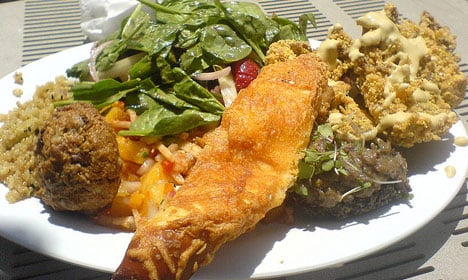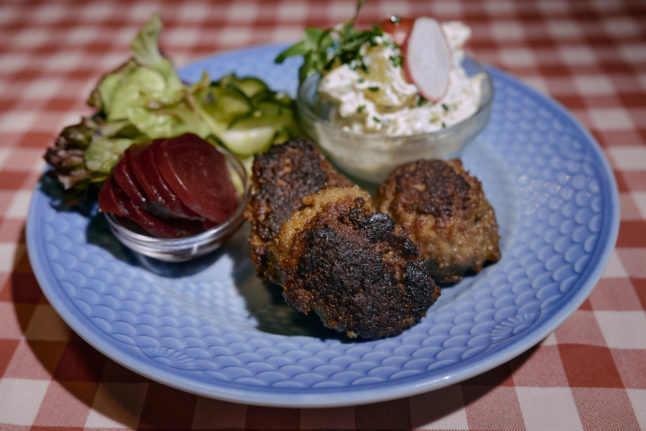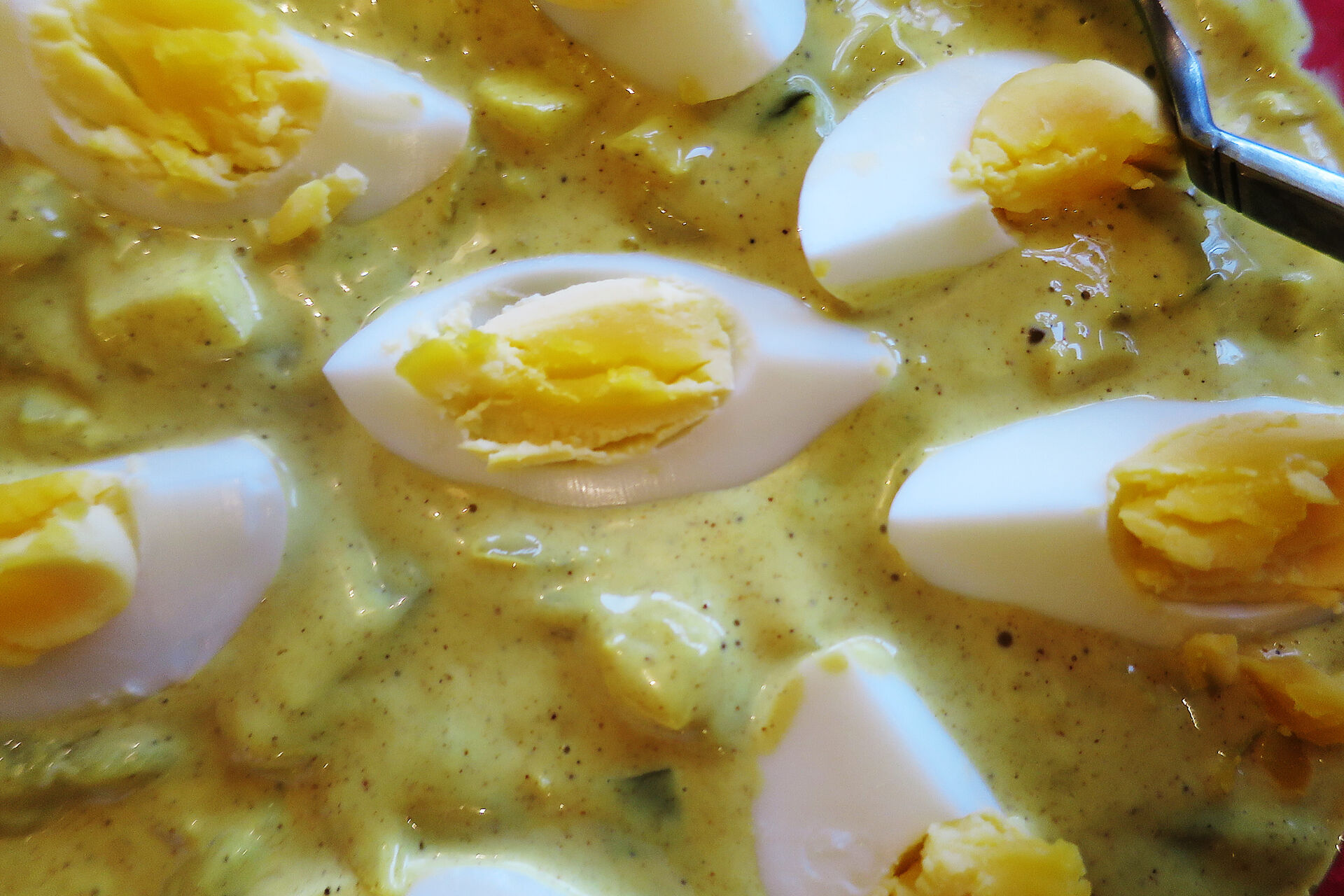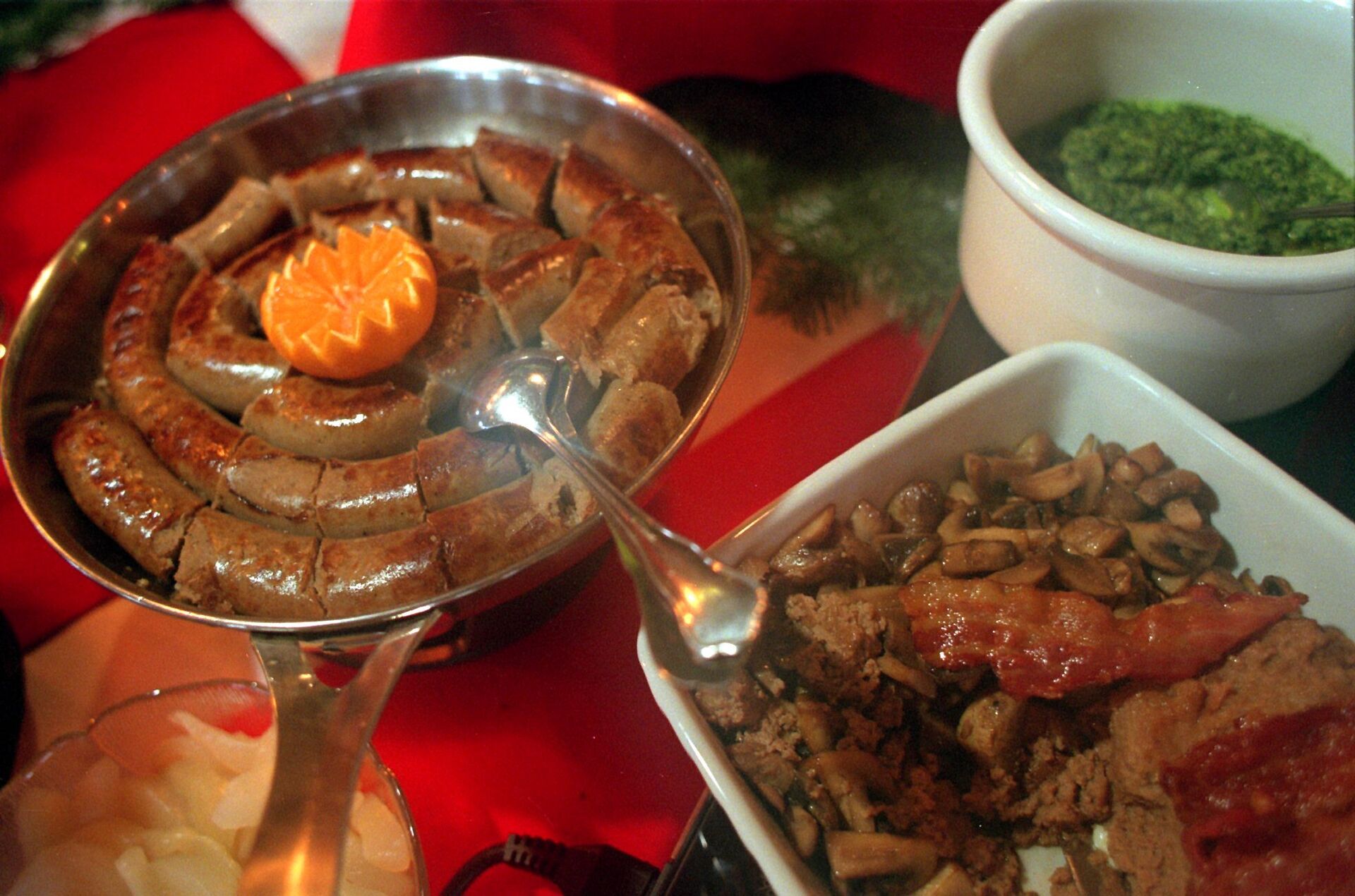
Kirsten Vernon takes a selfie with her favourite tofu.
 Sparsh Sharma holds a Master's in business administration and a Bachelor's in electrical engineering. After having worked in the top Indian media companies, he decided to come to Denmark in the fall of 2012 to study at Aarhus University and later worked at Lego. A Danish green card holder, he is currently looking for marketing or consulting opportunities globally, while working as a freelance journalist for The Local Denmark and blogging about his experiences in Denmark at Denmark.dk, where this piece originally appeared. You can follow him on Twitter at @sparsh_s
Sparsh Sharma holds a Master's in business administration and a Bachelor's in electrical engineering. After having worked in the top Indian media companies, he decided to come to Denmark in the fall of 2012 to study at Aarhus University and later worked at Lego. A Danish green card holder, he is currently looking for marketing or consulting opportunities globally, while working as a freelance journalist for The Local Denmark and blogging about his experiences in Denmark at Denmark.dk, where this piece originally appeared. You can follow him on Twitter at @sparsh_s




 Please whitelist us to continue reading.
Please whitelist us to continue reading.
Member comments